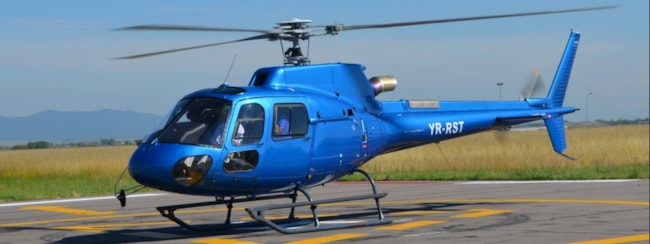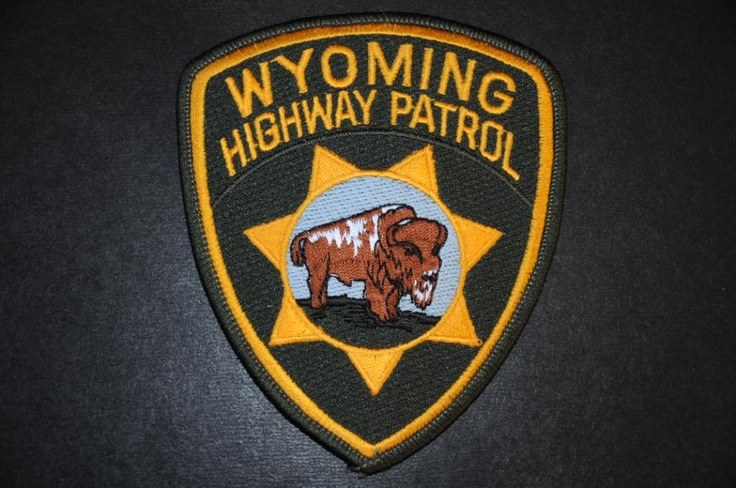
By Kate Ready
Jackson Hole News&Guide
Via- Wyoming News Exchange
JACKSON — Search and Rescue backers are trying to raise $6.6 million in private donations to buy and outfit a helicopter that would ensure year-round access for rescues while asking the county to commit public dollars to monthly operational costs.
If approved, Teton County would be the only county in Wyoming with a dedicated helicopter.
The fundraiser has been dubbed “Mission Critical,” search and rescue terminology to indicate a life-or-death scenario. The nonprofit TCSAR Foundation is responsible for the fundraising efforts, although once the aircraft is purchased it would be turned over to the county to own and operate.
Currently, Teton County Search and Rescue contracts a helicopter for eight months — Oct. 1 to May 31 — annually. The Teton County Sheriff’s Office funds the operating costs, with the state of Wyoming and National Park Service providing reimbursements for helicopter rescues.
Since it was founded in 1993, Teton County Search and Rescue has never had a year-round SAR-dedicated helicopter. For many years the team contracted helicopters based on need. For the past five years the team has contracted a rescue helicopter from an Atlanta company from October through May.
“I’m here today to demonstrate the foundation’s commitment to this project; we believe it’s essential for this community,” Liz King, the preventative search and rescue manager for the foundation, told commissioners during an informational workshop Monday. “I have no doubt that this will save lives and provide our team with the highest level of risk management.”
Another demonstration of that commitment is the down payment the foundation has placed to reserve its spot on the list to receive a helicopter from a French manufacturing company.
The nonprofit has already provided an initial, nonrefundable deposit of $350,862.40, thanks to some donors. Matt Hansen, communications director for the foundation, said that down payment was secured at the end of April and reveals the “immediacy and urgency” of the project.
“If we had waited a year, we would be looking at two to three years down the road,” Hansen said. “[Our] generous donors who have provided that down payment are aware of the risks, but they support SAR volunteers and believe we will be able to do this.”
The timeline for fundraising is August through July 2023, with the foundation projecting that the helicopter will be delivered between July and October of next year, with rescues beginning October 2023.
This does, however, come at an increased operating cost to the county.
“The yearly operation SAR budget is around $350,000,” Hansen said. “We’re asking for the county to expand that to somewhere between $500-600K annually.”
That covers fuel, insurance and pilots.
There is potential for the county to be reimbursed, however. Last year the county was reimbursed $96,000 for helicopter rescues from the National Park Service and the state.
“From the state Wyoming SAR Council we had just over $53,020 in heli reimbursements,” Hansen said.
The Wyoming SAR Council receives its funding primarily from hunting and fishing licenses, he said.
“From the park the total last year was $42,800,” Hansen said.
Teton County Sheriff Matt Carr was optimistic about other reimbursement opportunities, including Jackson Hole Mountain Resort and the Wyoming Department of Transportation.
“I feel that if you build it they will come,” he said. “There are several ski resorts that utilize helis on a regular basis.
“Another would be the Park Service for building backcountry bridges. It would also be a benefit to other counties in our area. … All are revenue building.”
Use of the helicopter by federal agencies is contingent on achieving a Part 135 license for the craft. Grand Teton National Park’s standard is to contract with Part 135 operators.
“This federal license requires an aviation operator to work within a much more detailed and strict operational and legal framework and is subject to FAA approvals.”
The higher standard license also allows the helicopter to partner with WYDOT and the U.S. Forest Service.
In addition to the helicopter allowing the team to get to life-threatening injuries faster and navigate challenging terrain, the TCSAR team also cited an annual increase in rescue calls as “more people recreate on our surrounding public lands.”
Chief Advisor for TCSAR Cody Lockhart told commissioners Monday that Search and Rescue is experiencing a “nonstop, pretty relentless” summer despite tourism being noticeably lighter than last year.
“In the last month we’ve had over 20 rescues,” Lockhart said.
One of those was a local man the team rescued Sunday after he injured his back in a mountain bike accident on Cache Creek.
Lockhart cited another recent instance on July 3.
“We received a scratchy phone call that a 68-year-old lady fell up near Pacific Creek,” Lockhart said. “Her husband said she was ‘next to a big meadow of balsamroot.’” (Insert laughter here because, as Lockhart was trying to relay, that could be almost anywhere.) “So we had a broken femur at an unknown location. … This was obviously a helicopter rescue.”
However, to gain access to the helicopter, the Search and Rescue team first had to call Grand Teton National Park and speak with the Jenny Lake ranger of the day to request permission from the Forest Service. The Forest Service then checked to see if the craft could be released from a fire it was fighting in Bondurant.
The answer was yes, but between Bondurant and the creek rescue, the helicopter first needed to stop for fuel and then pick up the Search and Rescue volunteers.
That may seem reasonable — and does illuminate the interagency collaboration among valley first responders — but amid rising call numbers, the Search and Rescue team presented their request for streamlined efficiency and independence.
In 2021, Search and Rescue received 105 calls for service — the most ever. That same year also set a record for the most annual heli missions: 35, with 21 of them in the winter.
In the first half of 2022, the team was called 43 times, with 21 of those completed with the helicopter. That was the most ever heli missions during a single winter, according to Teton County Search and Rescue.
Fire Chief Brady Hansen echoed the benefit of having a dedicated helicopter more available to his organization, Jackson Hole Fire/EMS.
“The further we get into wildland fire season, the dryer we get, the harder it is to get resources,” Hansen said.
He said it’s a likely scenario for Fire/EMS to receive a helicopter a number of days after submitting its request.
“We would always know we’d have that assurance for wildland fire as well,” Hansen said. “It would be a tremendous asset for wildland fires in our community.”
But not just any helicopter. The Airbus H125 has been identified by Search and Rescue as the “best ship for Teton County.” The H125 is the same helicopter the team currently uses, just a “new version of it,” Carr told commissioners.
“This is the helicopter that’s landed on top of Everest and Denali,” he said in the meeting. “If we buy it, I think we can run it for $520,000 per year versus $2 mil per year.”
That cost analysis stems from reducing annual costs in the long run, given the spiking summer demand that drives lease prices as high as $214,000 a month in the summer.
The cost of leasing the ship for the additional four summer months increases annual costs from $335,000 to $1.2 million due to the demand for helicopters during fire season.
Purchasing the aircraft outright at $4.9 million decreases the cost per flight hour from $1,500 to $4,000 to $603 per flight hour, according to the foundation projection presented to commissioners.
Carr also cited the unpredictability of leasing, both in future pricing and competing with other agencies.
“It’s always a scramble when renewing our year lease every October,” he said.
Still to figure out on top of the fundraising are the insurance details, as well as hiring two additional pilots.
When asked by County Commission Chair Natalia Macker how insurance needs would change for owning the craft outright versus leasing, Chief Deputy County Attorney Keith Gingery admitted it would be a challenge to tackle.
“We would need to get property insurance,” he said. “The bigger issue is liability insurance because we have to go to a private insurance provider.
“This is around $80,000-$100,000 per year,” Gingery said. “It will certainly be an issue we’ll have to work through. Mr. Lockhart has found some good companies that provide government entities.”
Carr briefly choked up in the meeting when closing the presentation.
“It moves me quite a bit to talk about this project,” he said. “It’s a big commitment these volunteers make for this community.”
For those interested in supporting fundraising efforts, Hansen said the details of how to get involved will be forthcoming, to be announced by the TCSAR Foundation at a later date.
“Securing this would be historic,” he said after the meeting. “A lot of thought has gone into this. We want to provide the best SAR service we can.”




